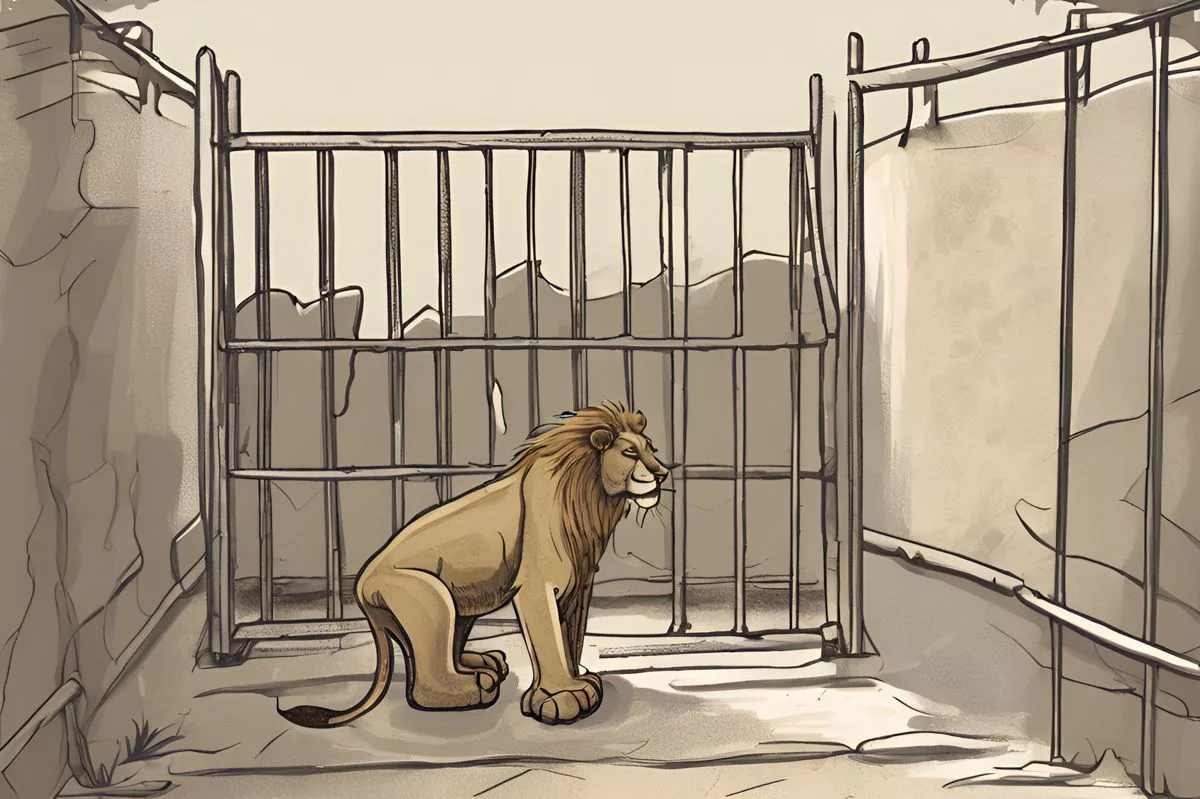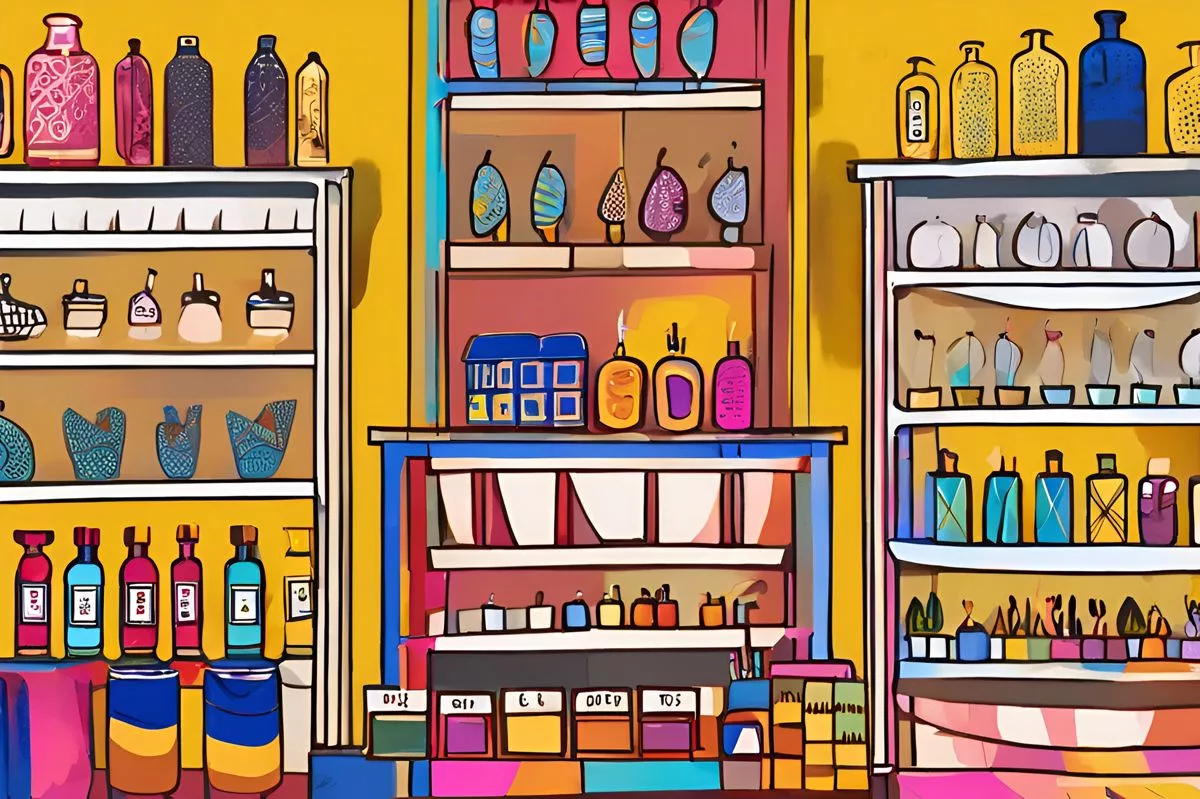All three were euthanized due to the severity of their injuries as three lions were found living in inhumane conditions with severe burn wounds at Fairy Glen Nature Reserve, and despite seeking veterinary assistance, only one lion received medical attention. The NSPCA found that the lions were housed in enclosures smaller than provincial requirements, and Fairy Glen was operating without a crucial license under the Performing Animals Protection Act 24 of 1935. This incident is a sad reminder of our responsibility to safeguard animal welfare.
Three lions were found living under illegal and inhumane conditions with grievous burn wounds sustained from a wildfire at the Fairy Glen Nature Reserve in Worcester. Despite seeking veterinary assistance, only one lion received medical attention, and all three were euthanized due to the severity of their injuries. The NSPCA uncovered that the lions were housed in enclosures smaller than provincial requirements, and Fairy Glen was operating without a crucial license under the Performing Animals Protection Act 24 of 1935. This incident serves as a strong reminder of our responsibility to safeguard animal welfare.
Discovery of an Unfortunate Scenario
The global animal welfare community is still reeling from a dreadful event that recently occurred at the Fairy Glen Nature Reserve, located in Worcester. A shocking discovery was made when three lions were discovered to be living under illegal and inhumane conditions, with critical burn injuries sustained from a wildfire. This alarming revelation came to light through an investigation conducted by The National Council of SPCAs (NSPCA), a prominent animal welfare establishment.
Grace de Lange, the Chief Operations Officer of the NSPCA, was deeply disturbed and astounded by the circumstances surrounding the trio of lions – one male and two females. They were left to fend for themselves in a devastating wildfire, resulting in the animals suffering from grievous burn wounds.
Inadequate Treatment and Unsettling Conditions
To understand the severity of the situation and to provide immediate relief to the injured lions, the NSPCA enlisted the expertise of Dr. Peter Caldwell, one of the most reputed big cat veterinarians worldwide. Known for his extensive work in carnivore veterinary medicine, Dr. Caldwell was appalled to discover that the animals received substandard treatment.
Even though Fairy Glen had sought veterinary assistance for the lions, the treatment plan and the conditions under which the lions were living were deeply troubling to both Dr. Caldwell and the NSPCA. It was revealed that only the male lion received initial medical attention. The two lionesses were deprived of any medical aid for four days, drastically increasing their suffering and the severity of their injuries.
Extensive Injuries and Pitiful Living Conditions
The extent of the lions’ injuries was heart-wrenching, with painful burns on their paws, eyes, mouths, and chests. Secondary infections added to their distress. The male lion had visible burn injuries on his tongue, and all three were found to be severely dehydrated. One of the lionesses was so weak she could barely stand. The lions were confined for almost a week following the fire, causing the immobilized male lion to develop pressure sores due to lack of movement.
The suffering of the lions was such that the male lion was seen trying to soothe his burnt hind paw by dipping it into a filthy water trough, despite being unable to stand or move. A visibly shaken Dr. Caldwell stated that all three lions should have been given intensive care given their dire condition.
Decision to Euthanise and Shocking Revelation
Considering the severity of their injuries and the dismal state of their overall health, the agonizing decision was made to euthanise the lions. The NSPCA took the necessary steps to ensure that their remains were safely incinerated and disposed of, to eliminate any possibility of their bones being illegally traded.
Further inquiries by the NSPCA unearthed more disturbing facts. The lions were housed in enclosures that were considerably smaller than the provincial requirements, which stipulate at least half a hectare per lion. The premises were found to be filthy, strewn with decaying chicken remains and swarming with maggots.
Adding insult to injury, it was discovered that Fairy Glen was operating without a crucial license under the Performing Animals Protection Act 24 of 1935, despite essentially functioning as a zoo and confining animals for commercial purposes.
The Aftermath and a Strong Reminder
Following the tragic incident, the NSPCA is contemplating legal measures to ensure the guilty parties are held accountable for their actions. Furthermore, the South African Predator Association (SAPA) has withdrawn their offer of donating three lions to the Fairy Glen Nature Reserve.
This unfortunate incident serves as a stark reminder of the responsibility we, as humans, have towards safeguarding the welfare of animals. It is crucial that all animal establishments adhere to providing suitable living conditions and adequate medical treatment, especially in times of natural disasters. Such responsibility is a debt we owe to these majestic creatures who add beauty and grandeur to our world.
What happened at Fairy Glen Nature Reserve with the lions?
Three lions were found living under illegal and inhumane conditions with grievous burn wounds sustained from a wildfire at the Fairy Glen Nature Reserve in Worcester. Despite seeking veterinary assistance, only one lion received medical attention, and all three were euthanized due to the severity of their injuries.
What was the response from the National Council of SPCAs (NSPCA)?
The NSPCA conducted an investigation into the situation and found that the lions were housed in enclosures smaller than provincial requirements and Fairy Glen was operating without a crucial license under the Performing Animals Protection Act 24 of 1935.
Who was involved in providing medical assistance to the lions?
Dr. Peter Caldwell, one of the most reputed big cat veterinarians worldwide, was enlisted to provide immediate relief to the injured lions. However, the treatment plan and the conditions under which the lions were living were deeply troubling to both Dr. Caldwell and the NSPCA.
What were the extent of the lions’ injuries and living conditions?
The extent of the lions’ injuries was heart-wrenching, with painful burns on their paws, eyes, mouths, and chests. Secondary infections added to their distress. The lions were confined for almost a week following the fire, causing the immobilized male lion to develop pressure sores due to lack of movement. The lions were housed in enclosures that were considerably smaller than the provincial requirements and were in filthy conditions.
What was the outcome of the incident?
Considering the severity of their injuries and the dismal state of their overall health, the agonizing decision was made to euthanise the lions. The NSPCA is contemplating legal measures to ensure the guilty parties are held accountable for their actions. Furthermore, the South African Predator Association (SAPA) has withdrawn their offer of donating three lions to the Fairy Glen Nature Reserve.
What is the lesson to be learned from this incident?
This unfortunate incident serves as a stark reminder of the responsibility we, as humans, have towards safeguarding the welfare of animals. It is crucial that all animal establishments adhere to providing suitable living conditions and adequate medical treatment, especially in times of natural disasters.












